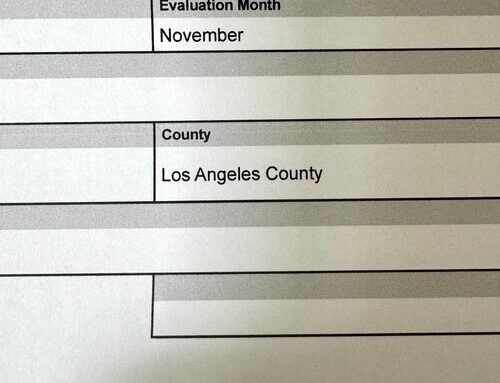The number of mortgages where the borrower is 90 days or more late on their payments rose year-over-year during October to their highest level in almost a year and a half, ICE Mortgage Technology said.
October’s total delinquency rate — loans 30 days or more late but not yet in foreclosure — was 3.45%, the First Look report found. While that was down by 0.79% from September, the year-over-year change of 5.95% represents five consecutive months of annual increases.
Just under 1.87 million mortgaged properties were 30 days or more late on their payment for October. However, 479,000 of those were seriously delinquent – 90 days or more late – but had yet to be foreclosed upon.
Seriously delinquent loans increased by 4,000 since September and by 33,000 compared with October 2023. The 7.3% raise compared to last year put the number of seriously delinquent at their highest level since May 2023, ICE said.
“What we’re seeing right now I would categorize as more of a normalization of 90-day delinquencies, but there are certainly areas to keep a close eye as we make our way into 2025,” said Andy Walden, ICE vice president of research and analytics.
He sees the performance of government-guaranteed mortgages, Federal Housing Administration and Veterans Affairs, to be of particular interest, “along with the performance of recently originated loans, which have been seeing higher early-stage delinquencies.
“There are also broader economic pressures that may begin to make their way into mortgage performance,” Walden said.
VA and FHA are driving the annual increase in delinquency rates, up 21% and 9% year-over-year respectively, while conforming loans were up by 1%. But portfolio loan delinquency rates were down by 3% from last year, he added.
At the same time, early payment delinquencies, defined as the share of borrowers that are delinquent six months after the loan’s origination, have been gradually rising as well, most notably among VA mortgages.
“Overall, 1.7% of 2024 vintage originations have been delinquent six months after origination, the highest share since the 2008 vintage outside of pandemic era payment shocks,” Walden said.
Another factor contributing to delinquencies at least in the short-term, is the effect of Hurricanes Helene and Milton. However, past studies have shown most of those borrowers typically cure quickly.
Meanwhile, the number of properties taken into the foreclosure pre-sale inventory rose by 1,000 month-to-month to 189,000. But the inventory is 28,000 properties fewer than one year ago.
While both foreclosure starts and completions were elevated from where they were in September, both were lower than they were last year by 12.27% and 9.45%, respectively, and they remain well below pre-pandemic levels, ICE Mortgage Technology said.
Prepayment rates were at their fastest since May 2022, likely benefitting from the growth in refinancings in September as mortgage rates fell.
October’s rate of 85 basis points was an increase of over 32% from the prior month and 96% versus the same time last year
However, mortgage rates have been on the rise since the end of September, rising 74 basis points to 6.82% for the 30-year fixed rate loan, according to Freddie Mac.
While in the last Mortgage Bankers Association Weekly Application Survey refis had a 41% share of activity, for the week of Sept. 20, they were over 55%.

